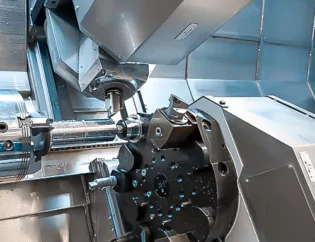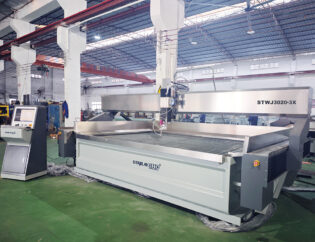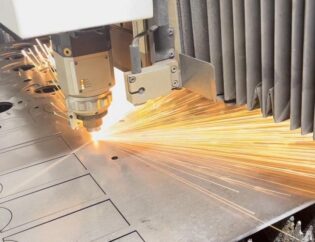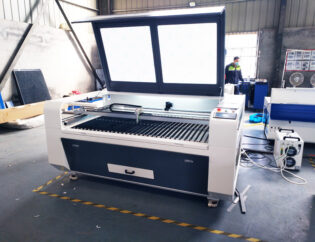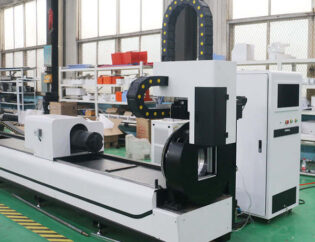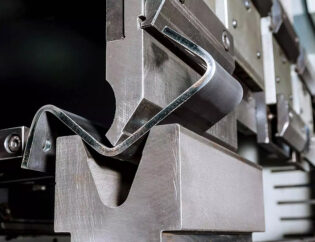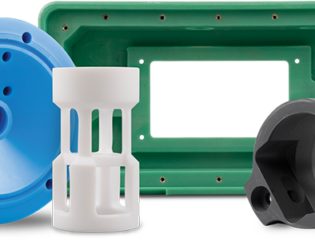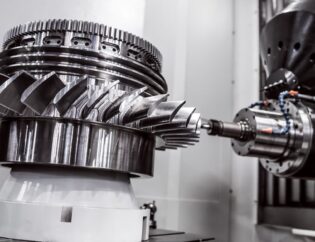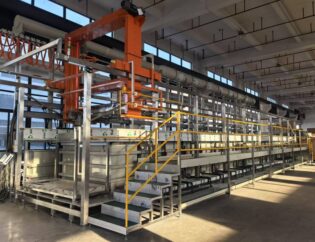CNC programming software is a cornerstone of modern manufacturing, enabling precision and efficiency in the production process. As industries increasingly rely on automation, understanding these tools becomes essential for engineers, machinists, and hobbyists alike. This guide will delve into the various types of CNC programming software, their functionalities, and how they streamline operations.
Readers can expect to learn about the key features of popular CNC software, including user interfaces, programming languages, and simulation capabilities. We will explore the differences between CAD and CAM software, highlighting their roles in the design and manufacturing workflow. Additionally, practical tips for selecting the right software for specific applications will be provided.
By the end of this guide, you will have a comprehensive understanding of CNC programming software, empowering you to make informed decisions in your projects. Whether you are a beginner or an experienced user, this resource will enhance your knowledge and skills in CNC programming, paving the way for greater innovation and productivity in your work.
Comprehensive Guide to CNC Programming Software
With such a variety of CNC router software on the market, it can be a pain to figure out which covers your needs without being overly complicated. In this guide, I’ll compare my hands-on experience with all the most popular software across important factors like user-friendliness, compatible operating systems, range of features, customer support, and much more.
Types of CNC Software
CNC software can be categorized into several types, each serving a specific purpose in the CNC machining process. Below is a comparison of the main types of CNC software:
| Type | Description | Examples |
|---|---|---|
| CAD Software | Used for creating 2D or 3D designs. | Easel, Fusion 360, Inkscape |
| CAM Software | Generates toolpaths and converts designs into G-code for CNC machines. | Fusion 360, V-Carve, Carbide Create |
| CNC Controller Software | Directly controls the CNC machine, executing the G-code to perform machining tasks. | GRBL Candle, Mach4, Openbuilds Control |
| Simulation Software | Allows users to simulate the machining process to identify potential issues before actual machining. | Autodesk Fusion, PlanetCNC |
Technical Features of CNC Software
When selecting CNC software, it’s essential to consider the technical features that can enhance your machining experience. Here’s a comparison of key features across popular CNC software:
| Feature | Easel | Fusion 360 | Inkscape | V-Carve |
|---|---|---|---|---|
| User-Friendliness | High | Moderate | Moderate | Moderate |
| Operating Systems | Windows, Mac, Linux | Windows, Mac | Windows, Mac, Linux | Windows |
| 2D/3D Design | 2D | 2D and 3D | 2D | 2D and 2.5D |
| G-code Generation | Yes | Yes | Requires extension | Yes |
| Cost | Free (Pro version available) | Free for students, $545/year | Free | $349 |
Insights into Popular CNC Software
1. Easel
Easel is one of the best CNC software for most users, especially beginners. The free version covers everything you need in a single software, with a user-friendly interface that is compatible with the vast majority of CNC routers. It allows seamless compatibility with most common CNC routers and offers continuous improvements and new features.
2. Fusion 360
Fusion 360 is an all-purpose CAD/CAM software that is capable of creating both 2D and 3D CNC designs. It is free for students and personal use, making it accessible for hobbyists. The software includes advanced CAM features and a g-code editor, making it a favorite among makers.
3. Inkscape
Inkscape is a free and open-source CNC software commonly used for laser cutting and CNC cutting due to its excellent 2D design tools. While it does not natively support G-code generation, users can install third-party extensions to export G-code for their control software.
4. V-Carve
V-Carve is a professional CAD/CAM software that allows users to create complex 2D, 2.5D, and 3D CNC toolpaths. It offers an unlimited free trial but is heavily limited in features. V-Carve supports a 4th axis/rotary attachment module, making it suitable for advanced users.
Conclusion
Choosing the right CNC software is crucial for achieving optimal results in your machining projects. Whether you are a beginner looking for user-friendly options like Easel or a professional seeking advanced features in Fusion 360 or V-Carve, understanding the differences in software types and their technical features will help you make an informed decision. For more information, you can explore resources from www.cncsourced.com, carbide3d.com, www.autodesk.com, and www.stylecnc.com.
FAQs
1. What is CNC software?
CNC software is a type of program used to control CNC machines, allowing users to create designs, generate toolpaths, and execute machining tasks.
2. Can I use free CNC software for commercial projects?
Some free CNC software, like Fusion 360, offers free versions for personal use but may have limitations for commercial use. Always check the licensing terms.
3. What is the difference between CAD and CAM software?
CAD software is used for designing 2D or 3D models, while CAM software generates toolpaths and converts these designs into G-code for CNC machines.
4. Is Easel suitable for beginners?
Yes, Easel is designed to be user-friendly and is particularly well-suited for beginners in CNC machining.
5. Can I run Fusion 360 on a Mac?
Yes, Fusion 360 is compatible with both Windows and Mac operating systems, making it accessible for a wide range of users.

